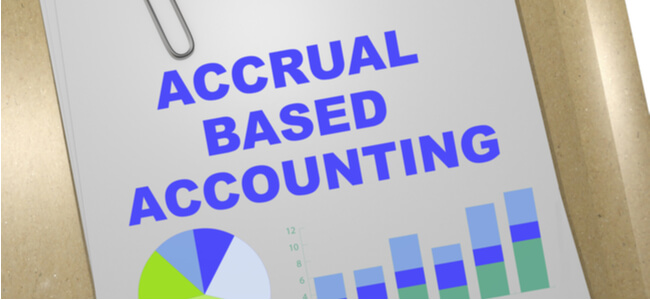What Is The Difference Between Cost Accounting And Financial Accounting?

Cost accounting refers to the calculation of labor, material, and other costs needed for the production of sales units. On the other hand, financial accounting refers to an overview of a business’s financial standings at the end of a given tenure.
Keep reading in order to make a more lucid distinction between the definitions of cost accounting and financial accounting. We’ll discuss the key differences between the two in terms of their content, function, purpose, and applicability.
Structure Of Reports And Regulatory Framework
Financial accounting reports are generally meant for the appraisals of an external party. For this purpose, they’re governed by strict principles pertaining to either acceptable accounting criteria or an international reporting standard.
Cost accounting isn’t bound to any such regulatory framework. Its function and audience doesn’t require it to follow any definite framework. A cost accounting statement can be set within any template that’s designed by the company’s management.
Detail
Cost accounting reports require more detail than financial accounting reports. The aim of the cost overview is to help an organization determine the costs of production. Therefore, it requires an in-depth account of different organizational units. These units derive from the production and delivery of services or goods.
The financial accounting report’s main goal is to outline the entire company’s financial standings and then to share its results at the end of the year. Even though these statements incur lesser detail, they still offer valuable insights into a business’s transactions.
Target Audience
The target audience for financial reports is external parties. These reports offer a standard set of financial information that can attract potential investors, stakeholders, credit rating agencies, regulatory agencies, and creditors. Since it’s target audience is outside of the company, the financial account must comply with the general conventions of information relevance and brevity.
Cost reports are used only within the company’s management and amongst its staff. These statements relay internal information needed to help mitigate direct costs, make decisions over matters of immediate or future systems of production, and balance the overall costs.
Content
Cost accounting reports contain information related to a company’s finances and operational costs. The information mentioned in its overview pertains to company products, product lines, areas of production, subsidiaries, customer reach, and so forth. The accounting team is required to extract the relevant information from various departments and sources.
The financial report gives a cumulative overview of a company’s financial results calculated by a standard accounting system.
Costs
A cost report calculates product costs from the expenses involved in the supply of raw material from each level of the operational processes.
Financial accounting utilizes similar information but varies in its mode of display. The information is generally incorporated in the company’s balance sheet or presented in the form of financial statements.
Reporting Periods
Financial statements are strictly presented by the accounting personnel at the end of a fixed accounting period. These represent the financial results that a business has achieved with its investment plan, modes of production, and business policies over a given period. They’re either an annual or a half-yearly summary of a company’s finances. In most cases, the accounting period spans over one year.
The purpose of cost accounting is to lend timely and shrewd insights into the feasibility or profitability of a certain business project. These reports can be prepared and issued by the staff at any given time. Depending on the company’s needs, it may generate more than one such report.
Past Vs Future Periods
Financial accounting, unlike cost accounting, only makes use of the historical costs as opposed to predetermined costs. The operational periods for which these are designed for are already completed by the time these reports are drafted. Financial accounting statements are concerned with narrating a company’s past performance. For this reason, these reports are seldom used internally to make business forecasts.
Cost accounting not only comments on past business expenditure but also looks forward to upcoming expenditures. These statements are regularly employed by the management to make future projections and business forecasts.
Conclusion
Although the definitions of cost accounting and financial accounting outline some functional differences between the two, they’re equally important to businesses of all sizes.
Costs accounting is employed by businesses in greater frequency since its statements help companies make sustainable steps to accomplish future projects.
Financial accounting helps businesses situate themselves comfortably next to potential investors, regulatory authorities, and creditors. Ultimately, its purpose is vital for a business’s stability.










